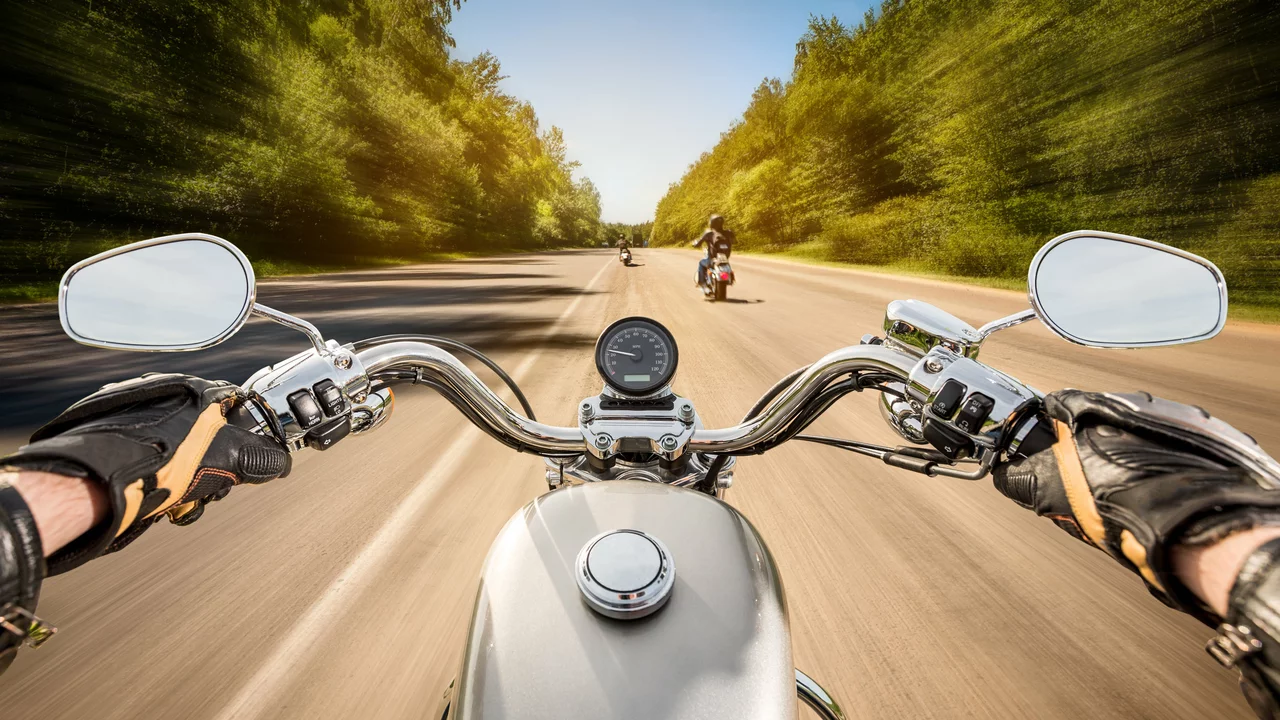Bike riding: what to know before you head out
Want to enjoy a ride without ending up stranded or scared? Whether you’re on a motorcycle or a bicycle, a little preparation goes a long way. This page gives straightforward, useful tips you can use right now: what gear matters, basic checks, simple riding techniques, and quick maintenance steps that keep you safe on the road.
Gear and safety basics
Start with a good helmet that fits snugly. Add gloves, a jacket with padding, and bright or reflective clothing — they make you visible and help on colder mountain mornings. For bikes, check lights and mirrors. For motorcycles, strong boots and knee protection matter. Carry a compact first-aid kit and a charged phone. Don’t forget a small tool kit, puncture repair kit or can of sealant, and a portable pump.
Before every ride, do a quick walkaround: tires look for cuts and proper pressure, brake levers feel firm, chain moves smoothly, and fluid levels aren’t low. If anything feels off, fix it or delay the trip. Slowing down is better than a repair bill or worse.
Planning rides and riding smarter
Plan your route and check the weather. In hilly areas like parts of Jammu and Kashmir, mornings can be cold and roads may have gravel or wet patches. Give extra distance for braking on turns and avoid sudden acceleration uphill. Use engine braking on descents — rely less on brakes when the slope is long.
When cornering, look where you want to go, keep steady throttle, and don’t brake hard mid-turn. On bicycles, shift your weight and use lower gears for climbs. If you ride in a group, keep predictable lines and communicate hazards with hand signals or voice. Always respect local traffic rules and watch for livestock, pedestrians, and unexpected obstacles on rural roads.
Learn to read the road surface: dark patches often mean oil; loose gravel reduces grip; wet leaves can be slick. Slow down before you cross these areas rather than while you’re on them.
Maintenance that saves time and money: clean and lubricate the chain regularly, check tire pressure weekly, inspect brake pads monthly, and change engine oil or gears fluid per the manufacturer’s schedule. Simple tasks like tightening bolts and cleaning air filters prevent roadside trouble.
If you’re new to riding, practice in a quiet area: slow-speed control, emergency stops, and tight turns build confidence. Join a local riding group or take a short skills course — real-world practice beats theory.
Ride within your limits. Push your skills gradually, not all at once. Good gear, a quick pre-ride check, and sensible planning make most rides enjoyable and trouble-free. Want regional tips or route ideas? Browse posts tagged with bike riding on this site to find local stories and reader experiences.

Which is more dangerous, riding a bike or a car in Indian roads?
Navigating through the chaos of Indian roads, one often wonders whether it's riskier to ride a bike or drive a car. From my perspective, bike riding carries more risk due to less physical protection, exposure to environmental conditions, and the need for balance. On the other hand, cars are safer but not without their dangers, including high-speed accidents. However, regardless of your vehicle of choice, the key to safety lies in responsible driving and adherence to traffic rules. In conclusion, while both have their risks, the vulnerability of bike riders seems to tip the scale towards them being the more dangerous option.
Categories
- Social Issues in India (3)
- Sports (3)
- Business & Markets (2)
- Weather & Climate (2)
- History and Politics (1)
- Quick and Easy Indian Breakfast Recipes (1)
- Food and Culture (1)
- Road Safety & Transportation (1)
- Cultural Experiences/Travel & Living Abroad (1)
- Technology Reviews (1)
Popular Articles

